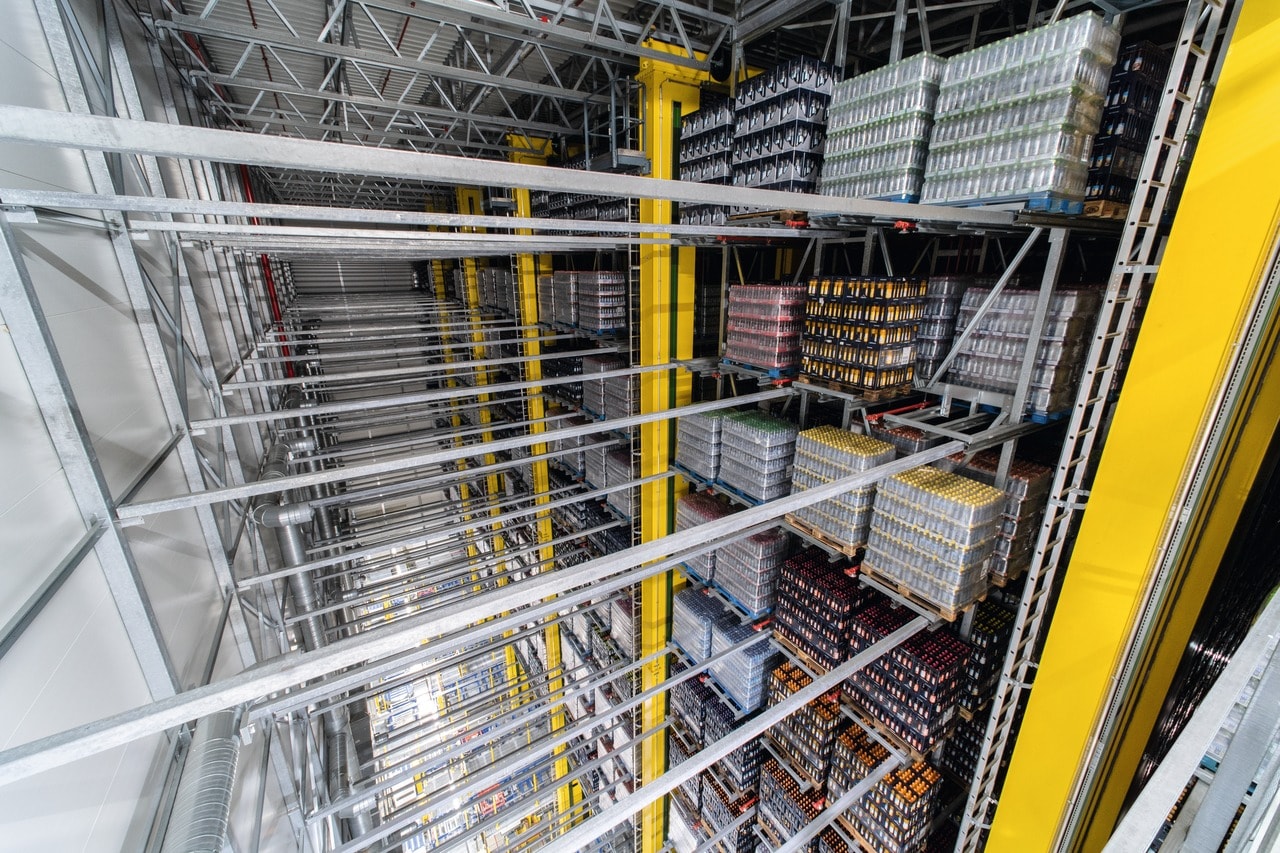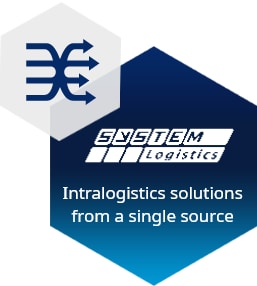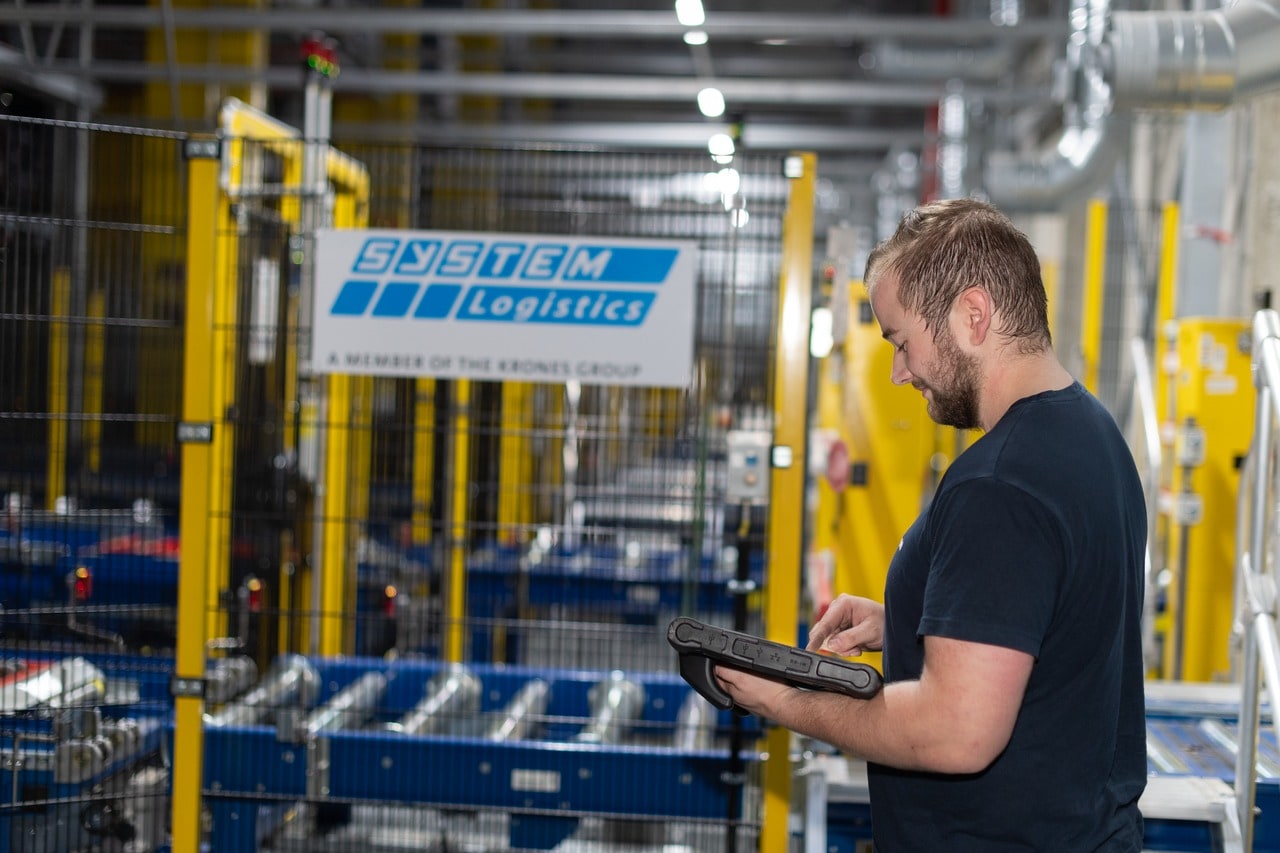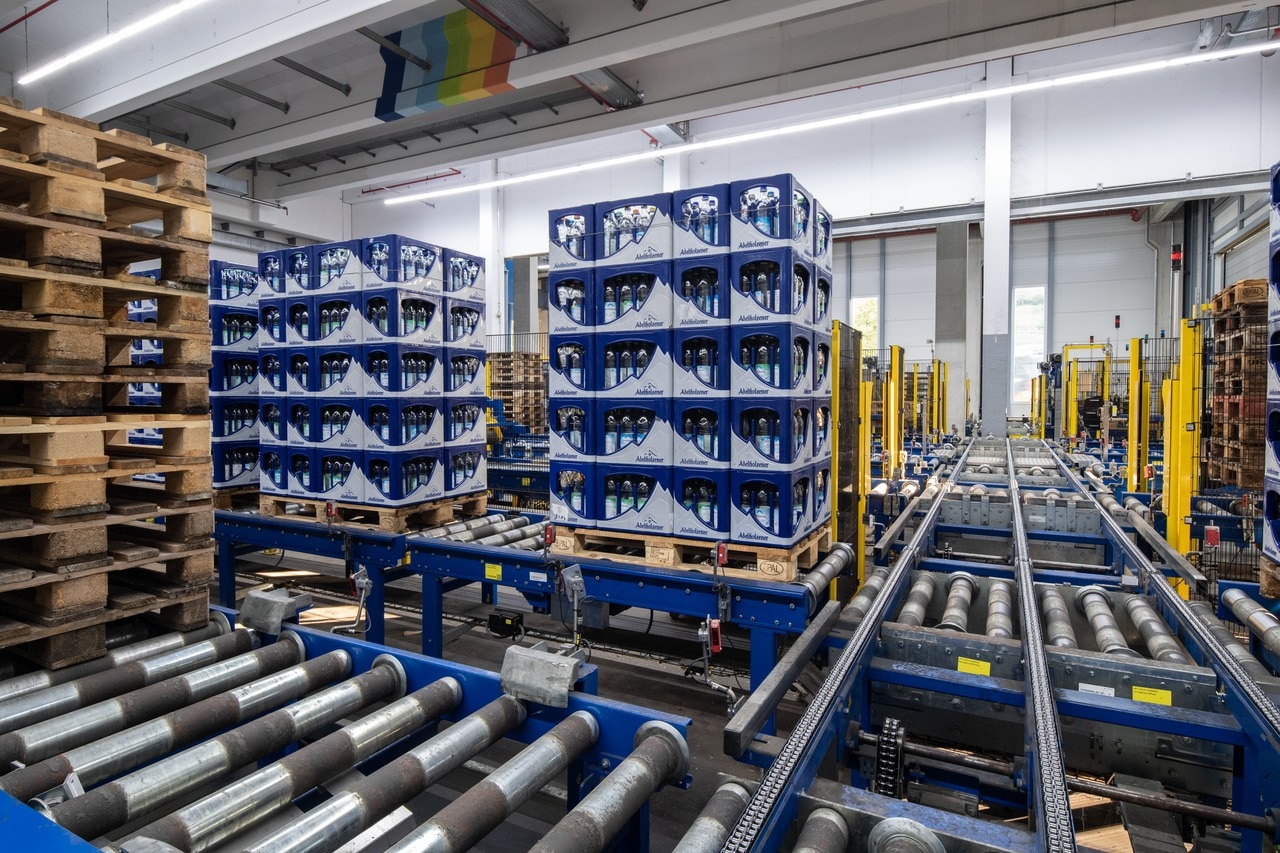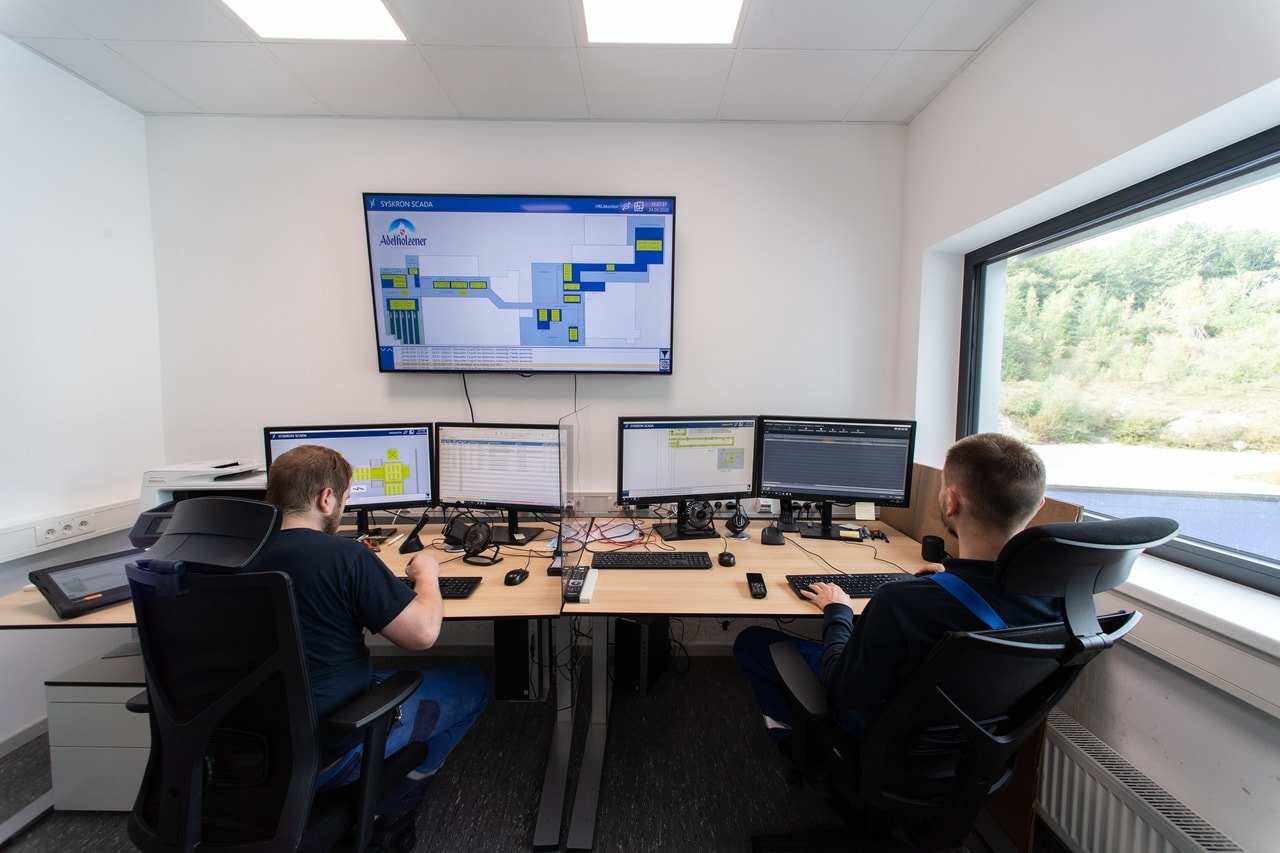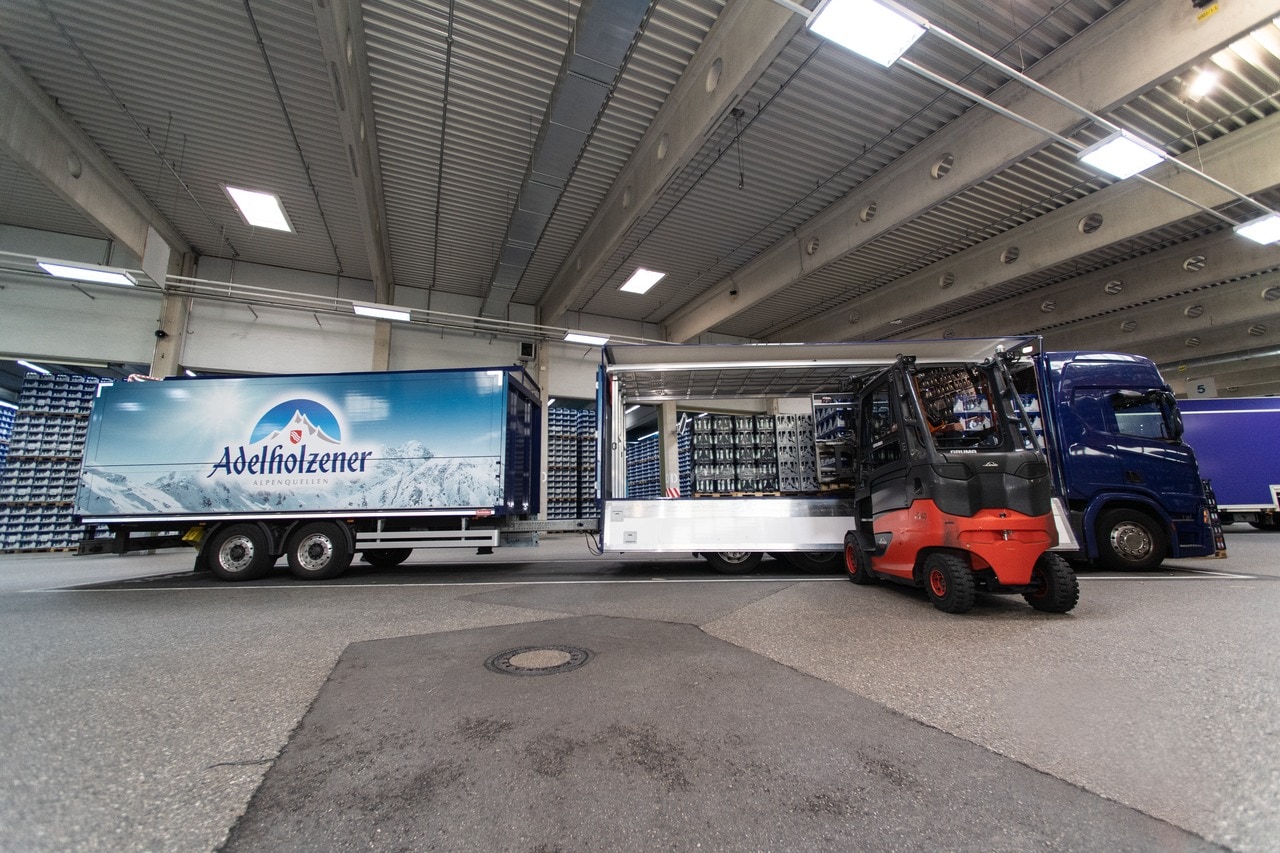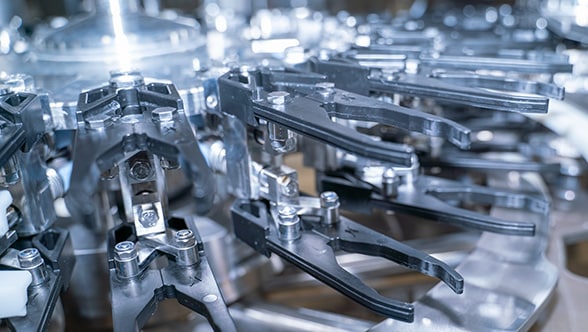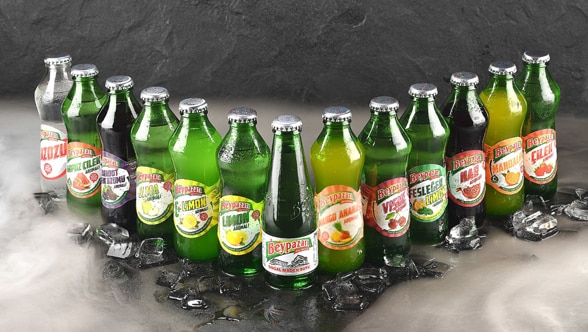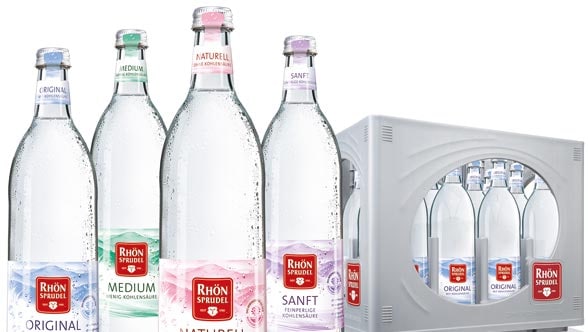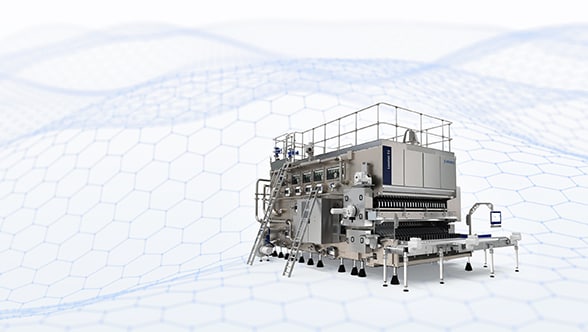High-bay warehouse from System Logistics
Despite the long-standing relationship between the two companies, it was not set in stone right from the start that Krones would be awarded the order for building the high-bay warehouse as well – quite on the contrary. “We kept an entirely open mind when deciding with whom to place the order,” says Hächl. “We thought to ourselves: conveyor and warehousing technology are nowhere near as critical as filling and packaging technology, so others are good at it, too.” Therefore, System Logistics GmbH – or to be precise the Intralogistics Division of Syskron GmbH at the time the job was put out to tender – was only one vendor among many for Adelholzener. Several rounds and a number of detailed plans later, however, the Krones subsidiary prevailed over the other competitors and won the order.
